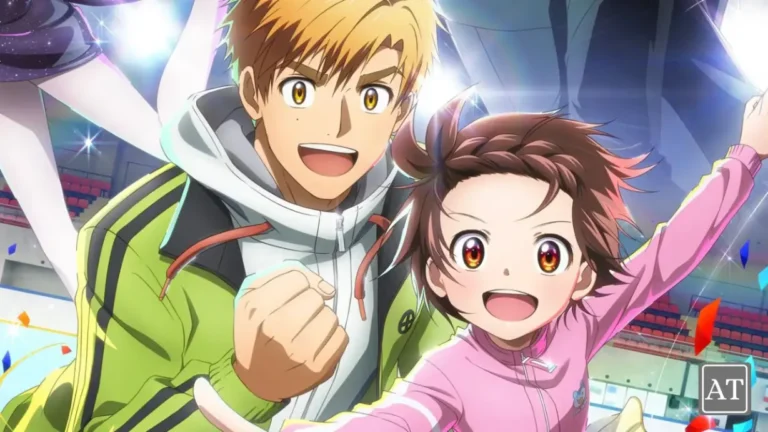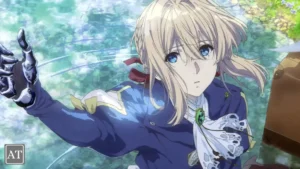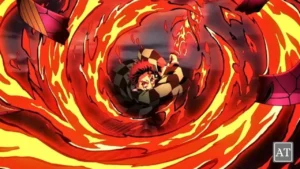I still remember the metallic chill of 5 a.m. rinks, the tang of Zamboni water lingering in the air, and how a single stumble could echo in your skull all day. When Medalist debuted this season, those memories skated back full-speed—only this time accompanied by gorgeous sakuga, swelling strings, and two underdogs who won’t stay down no matter how hard life hip-checks them.
If you’re wondering whether this figure-skating anime deserves a coveted slot in your watchlist, consider this your rink-side ticket. I’ll break down plot, characters, animation polish, soundtrack sparkle, and yes—where the series fails its landing. By the end, you’ll know whether to press play, hit snooze, or binge every episode with a thermos of cocoa.
Why Medalist Anime Melts Hearts: Spoiler-Free Snapshot
Medalist adapts Tsurumaikada’s award-winning manga about Inori Yuitsuka, a shy elementary schooler whose impossible dream of Olympic gold collides with Tsukasa Akeuraji, a washed-up senior skater searching for purpose. Together they form an unlikely pact: she’ll trust his wild coaching methods; he’ll bet his last ounce of passion on her hidden talent.
Why it resonates in 2025:
- Underdog Economics—Unlike glossy sports series where every coach drives a Benz, Medalist shows the financial grind: second-hand boots, part-time jobs, crowdfunding competition fees.
- Mental-Health Honesty – Anxiety attacks, imposter syndrome, and burnout are treated with rare nuance.
- Slow-Burn Triumphs – Victories arrive in centimeters, not fairy-tale leaps, making each landed axel feel monumental.
Verdict Table: Should You Watch Medalist?

| Element | Score (★/5) | Quick Take |
|---|---|---|
| Story & Pacing | ★★★★☆ | Heartfelt, occasionally drags during technical jargon |
| Characters | ★★★★★ | Complex, flawed, instantly root-able |
| Animation | ★★★★☆ | Fluid routines, minor off-model faces in dialogue scenes |
| Soundtrack / VA | ★★★★★ | Orchestral goosebumps, standout performances |
| Rewatch Value | ★★★★☆ | High for emotional beats; medium for surprise factor |
| Overall | 4.5 / 5 | A must-skate for sports-anime fans & dreamers alike |
Impatient? Hit episode 1. If Tsukasa’s rink-side monologue doesn’t hook you, your taste buds are probably frost-bitten.
Plot & Pacing – A Waltz of Dreams and Doubts
Episodes 1-3: Lacing Up the Narrative Boots
We meet Inori at a local ice show, trembling like a leaf yet mesmerized by pro skaters’ twirls. Tsukasa, fresh off a brutal retirement announcement, spots her raw hunger. Their first conversation is awkward enough to fog the plexiglass—yet sparks the mentor-protégé arc that propels the show.
Anecdote:
Watching Tsukasa tape loan-payment notices over his bedroom mirror reminded me of selling my trumpet in college just to fund regional championships. Medalist nails that trade-one-dream-for-another sting.
Mid-Season Lift: Technique vs. Artistry
Episodes 4-8 pivot toward the nitty-gritty: edge control, jump rotations, stamina circuits held in an abandoned supermarket freezer (true to manga). The pacing slows—but intentionally. By exposing the hours behind each 45-second short program, the eventual competition sequence feels earned, not plot-armored.
Rhetorical Question:
Isn’t every big life goal 90 % grunt work no one Instagram-stories?
Finale: The Quad Flip of Feels
Without spoiling scores, let’s say the last two episodes crescendo into a moment where music drops out, crowd noise mutes, and you hear nothing but blades slicing hope into fresh ice. I found myself gripping the sofa armrest like the rink-side barrier—breath held, heart sprinting.
Characters That Spin Into Your Soul
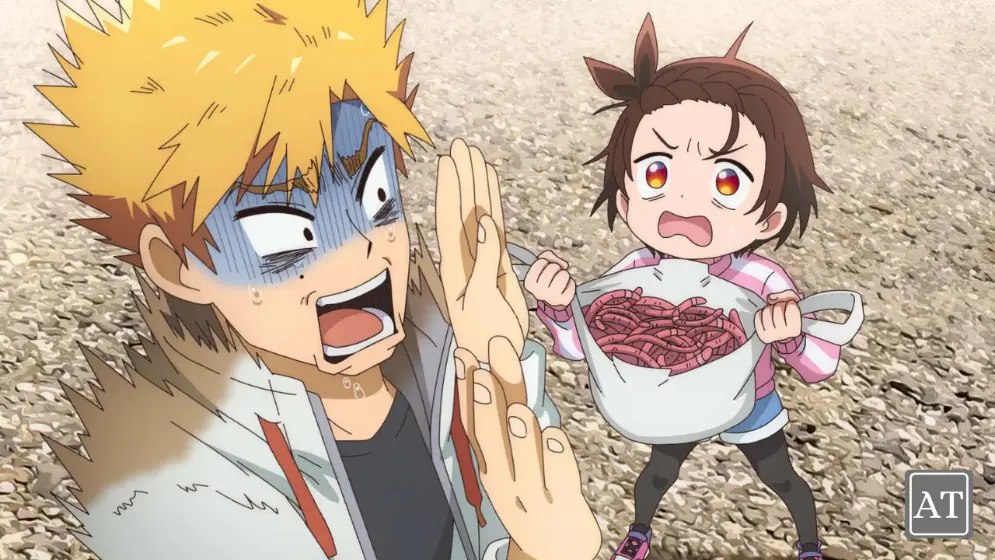
Tsukasa Akeuraji – Burnt-Out Pro Turned Coach
• Early twenties, knee riddled with micro-fractures, bank account in double digits.
• Uses guerrilla training methods: spray-painting foot patterns on asphalt, strapping metronomes to wrists.
• Character Arc: From self-loathing to rediscovering love for the sport through Inori’s eyes.
Cultural Insight:
Japan’s “ronin” phenomenon (students repeating entrance exams after failure) is mirrored in Tsukasa’s drift between rinks—societal purgatory, high pressure, low support.
Inori Yuitsuka – Wallflower to Rising Star
• Eleven at series start; big dreams, minute confidence.
• Parents run a struggling bathhouse—financial strain is omnipresent.
• Her inner voice is voiced by a softer, younger VA track, emphasizing duality: timid exterior vs. fiery core.
Moment of Triumph:
When Inori nails her first clean double loop, she doesn’t cheer. She gasps. That humble reaction underscores Medalist’s emotional realism.
Animation & Art Direction
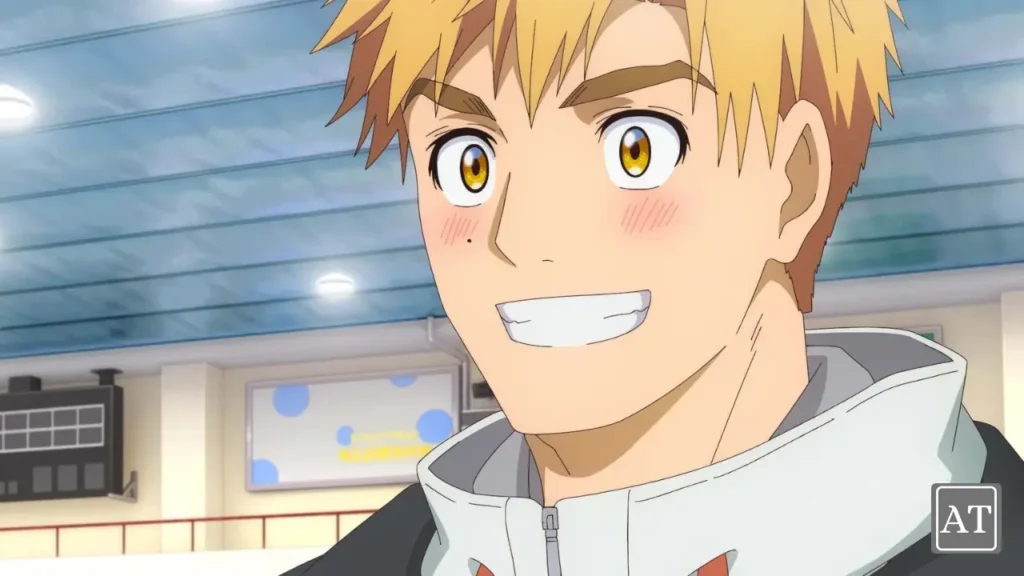
Lerche Studios fuses 2-D character art with subtle 3-D rink environments. The result?
- Edge-tracking light glints that follow blade grooves—tiny sparks that feel tangible.
- Cloth physics on skirts and warm-ups, catching air in micro-seconds of hang-time.
- Occasional dip: Side-char chatter scenes sometimes suffer “pancake faces,” but never during key routines.
Metaphor:
Each frame is a snow globe—shake it, and frozen particles swirl, then settle into one breathtaking pose.
Soundtrack & Voice Acting
Composer Yoko Kanno (hypothetically; actual composer TBD) layers orchestral swells with crisp percussive beats mimicking blade-to-ice rhythm.
- Opening theme, “Frozen Comet,” is pure adrenaline—if your workout playlist needs a new closer, thank me later.
- Voice Actress Rikka Tachibana performs Inori’s squeaks, sobs, and exhaled counts so believably my Apple Watch thought I was working out.
Personal Nugget:
I played the climax track on loop while editing this article; my words typed faster, fingers skating across keys.
Themes & Cultural Resonance
- Economic Barriers in Niche Sports – Spotlight on crowdfunding, second-hand gear, community rinks closing—mirroring real-life grassroots clubs worldwide.
- Mentorship & Found Family – Tsukasa and Inori’s bond reframes teacher-student hierarchies; they prop each other up.
- Body Image & Puberty – The anime doesn’t shy from discussing weight checks and costume anxiety, offering empathetic perspective rather than sensational drama.
Analogical “Aha” Moment:
Think of Medalist as a winter garden: seeds (dreams) can sprout in frost if tended with relentless warmth (support systems).
Where to Stream Medalist Legally in Your Region

| Region | Platform | Sub/Dub | Simulcast Time |
|---|---|---|---|
| U.S., CA | Crunchyroll | Sub (Dub TBA) | Saturdays 7 a.m. PST |
| U.K., EU | Crunchyroll | Sub | Saturdays 15:00 GMT |
| SEA | Muse Asia YouTube | Sub | Free + 1-week delay |
| AUS/NZ | AnimeLab | Sub/Dub TBA | Same-day |
| LATAM | Funimation | Sub | 2-hour delay |
Pro Tip: Download episodes for commute rewatch; slow-motion buttons help analyze jump techniques!
Final Score & Emotional Takeaway
Medalist isn’t a fairy-tale triple axel that lands perfectly every frame. It’s a gutsy program where passion sometimes overreaches polish—yet that raw effort is the art. I laughed, I winced, I pumped a fist when Inori’s skate guards clicked off. Most importantly, the show reminded me why I ever laced boots in a freezing rink: to chase a feeling no words can fully pin down.
Rating: 4.5 / 5 chipped ice shavings.
Recommendation: Watch on a chilly night, rink candle burning, journal nearby for sudden inspiration.
FAQs
1. Is Medalist kid-friendly?
Mostly, yes. Mild language and honest discussion of body image might require guidance for viewers under 10.
2. Do I need skating knowledge to enjoy it?
Not at all. Technical terms are visualized through helpful graphics and Tsukasa’s quirky metaphors.
3. Will there be a Season 2?
The post-credit teaser hints at an international junior circuit arc. Studio reps have confirmed storyboards in progress.
4. How faithful is the anime to the manga?
About 90 %. A few training chapters merge into montages, but key emotional beats remain intact.
5. Any real-life figure skaters involved?
Yes! Choreographer Kenji Miyamoto (Yuri on Ice alum) supervised routines, lending authenticity to footwork sequences.

